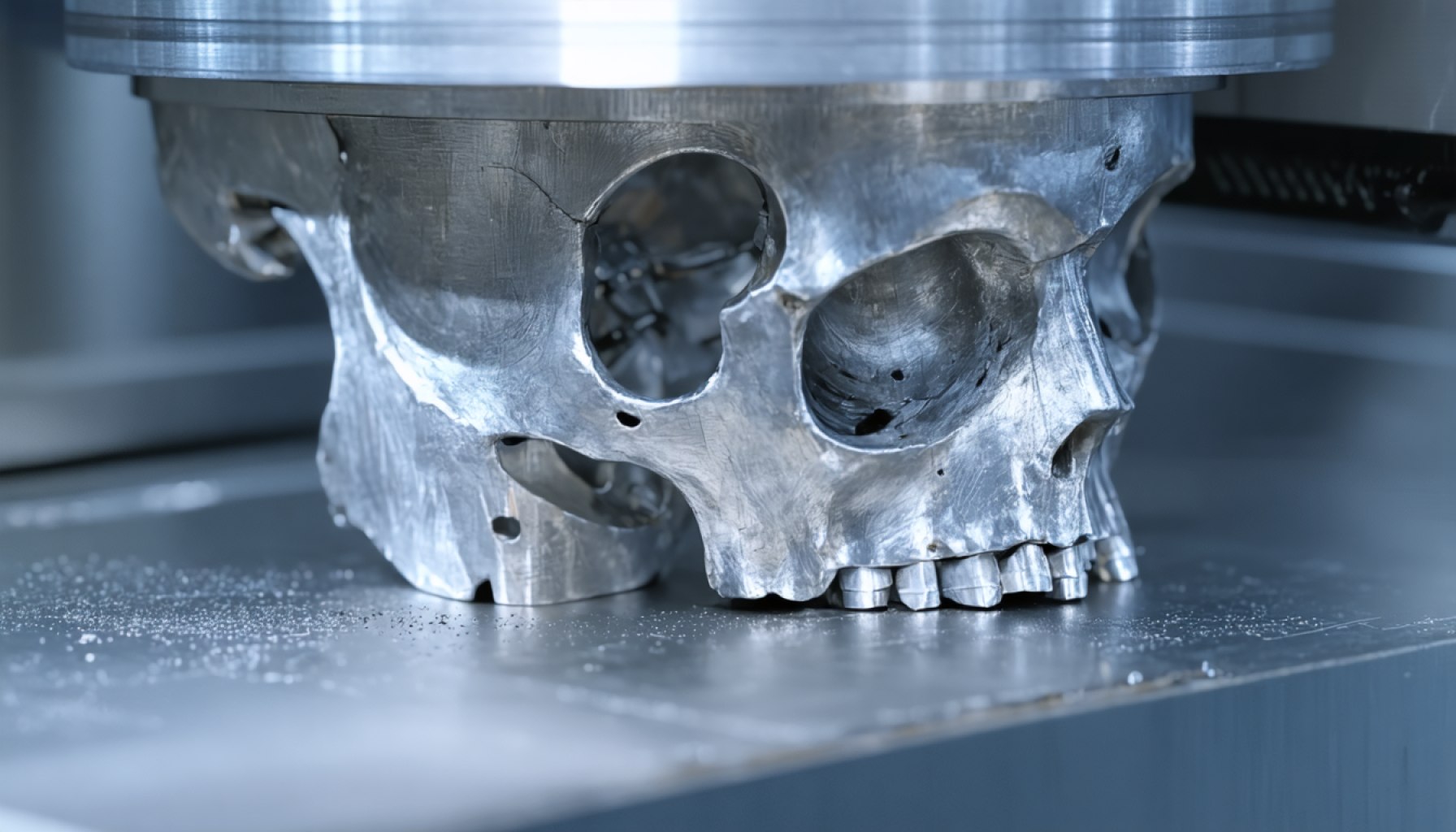- Addam Edwards’ PhD research at The University of Western Australia centers on advancing 3D metal printing technology for industries like aerospace and biomedicine.
- Edwards employs cutting-edge laser powder bed fusion printers and sophisticated sensor technologies to detect defects in 3D printed components.
- The research incorporates artificial intelligence and sensor data analysis to ensure the reliability and safety of intricate metal structures.
- Successful defect detection could revolutionize manufacturing, leading to cost savings, enhanced efficiency, and improved safety.
- Edwards’ mission demonstrates the fusion of physics, engineering, and innovation, pushing the boundaries of modern manufacturing capabilities.
- His work exemplifies the potential of academic research to translate into significant real-world industrial advancements.
Physics, engineering, and innovation converge in the bustling halls of The University of Western Australia, where Addam Edwards, a dedicated PhD student, embarks on a mission that might redefine modern manufacturing. As Edwards delves into the mysteries surrounding state-of-the-art 3D metal printing, he stands on the precipice of technological transformation—a realm where imagination molds into reality.
Imagine intricate metallic shapes materializing before your eyes, destined for roles in aerospace, biomedicine, and even the exploration of distant moons. This sci-fi-like scenario unfolds at TechWorks, part of the Woodside FutureLab, powered by a cutting-edge laser powder bed fusion printer. Yet, therein lies a challenge: detecting unseen defects within these meticulously printed creations. What may seem odd to the layperson is Edwards’ daily puzzle, one that involves untangling sensor data to ensure robust and reliable components.
With sensors akin to the body’s senses—infrared cameras monitoring every thermal quiver—the mission extends beyond mechanics into the realm of artificial intelligence. Edwards, guided by the erudite minds of UWA’s engineering and computer science faculty, strives to teach machines to think, to foresee the slightest error, turning complexity into clarity.
Against this backdrop, Edwards’ path mirrors a hero’s journey. His task demands patience and precision, where hours morph into days—one centimeter of the print painstakingly examined over hours, biomedical implants forged over a marathon 36-hour vigil. The stakes are high; an unseen flaw could spell disaster in a world reliant on the unyielded strength of its machinations.
Nevertheless, the adventure promises monumental rewards. By mastering defect detection, not only would industries like aerospace reap benefits in time and costs, but human safety would take precedence, protected by Edwards’ relentless pursuit for accuracy and perfection. It is his hope, cultivated in the academic citadel yet deeply rooted in real-world applications, that fuels his quest.
For Edwards, this PhD journey transcends academic exercise. It is an exploration brimming with promise—a foray into the uncharted, where the boundaries of human capability are stretched and the future of manufacturing reshaped. As he continues his quest, we are reminded of the power of curiosity and innovation—a whisper that beckons the brave to step forward and transform the unknown into the known.
Revolutionizing Manufacturing: The Unseen Potential of 3D Metal Printing
Exploring the Future of 3D Metal Printing: Innovations, Challenges, and Applications
1. The Role of Additive Manufacturing in Industry Transformation
3D metal printing, also known as additive manufacturing, is poised to revolutionize traditional manufacturing processes. Industries like aerospace, automotive, and healthcare are rapidly integrating this technology due to its ability to produce complex geometries that were once impossible or cost-prohibitive with traditional methods. The main advantage of 3D metal printing lies in its capability to reduce material waste, expedite production times, and enhance the mechanical properties of components through precise control over material composition and structure.
2. Enhancing Defect Detection: A Game-Changer in Manufacturing
Detecting defects is crucial in any manufacturing process, and in additive manufacturing, it becomes even more critical due to the layer-by-layer construction method. Addam Edwards is at the forefront of advancing defect detection using sensors and AI, bridging the gap between manufacturing and digital innovation. These advancements could significantly reduce the cost associated with quality control while improving the reliability and safety of 3D printed parts intended for high-stakes applications, such as aircraft engines or biomedical implants.
3. Real-World Use Cases and Applications
– Aerospace: With the ability to print lightweight, durable, and heat-resistant components, 3D metal printing can transform aerospace manufacturing by creating more efficient engines and aircraft components.
– Biomedical: Customized implants tailored to individual patients’ anatomy can be produced with high precision, improving patient outcomes and reducing recovery time.
– Automotive: Prototyping and production of specialized parts can be expedited, fostering innovation and reducing the time from design to market.
4. Limitations and Current Challenges
Despite its potential, 3D metal printing faces several challenges:
– Material Constraints: Not all metals can be easily printed, and developing new metal powders suitable for 3D printing is an ongoing research area.
– Cost: Initial investment in 3D printing technology and the cost of materials can be prohibitive for smaller companies.
– Standardization: The industry lacks universal standards, which complicates quality control and certification processes across different regions and sectors.
5. A Glimpse Into Future Trends and Predictions
As technology progresses, several trends are expected to shape the additive manufacturing landscape:
– Increased Automation: Integration of AI to automate defect detection and correction.
– Expanded Material Choices: Development of new metal alloys tailored specifically for additive manufacturing.
– Improved Speed and Efficiency: Advances in printer technology that decrease production times and increase output reliability.
6. Actionable Recommendations
For businesses and researchers looking to dive into 3D metal printing:
– Stay Updated: Follow industry trends and advancements by engaging in relevant events and publications.
– Invest in Training: Equip teams with the necessary skills and knowledge by investing in training and development programs.
– Explore Collaborations: Partner with universities and tech labs to access cutting-edge research and development.
For more insights into additive manufacturing, visit the University of Western Australia website and explore their extensive resources on engineering innovations.
By understanding and leveraging the advances in 3D metal printing, industries can not only overcome existing challenges but also unlock unprecedented possibilities in manufacturing, ultimately transforming the landscape of production and innovation.
